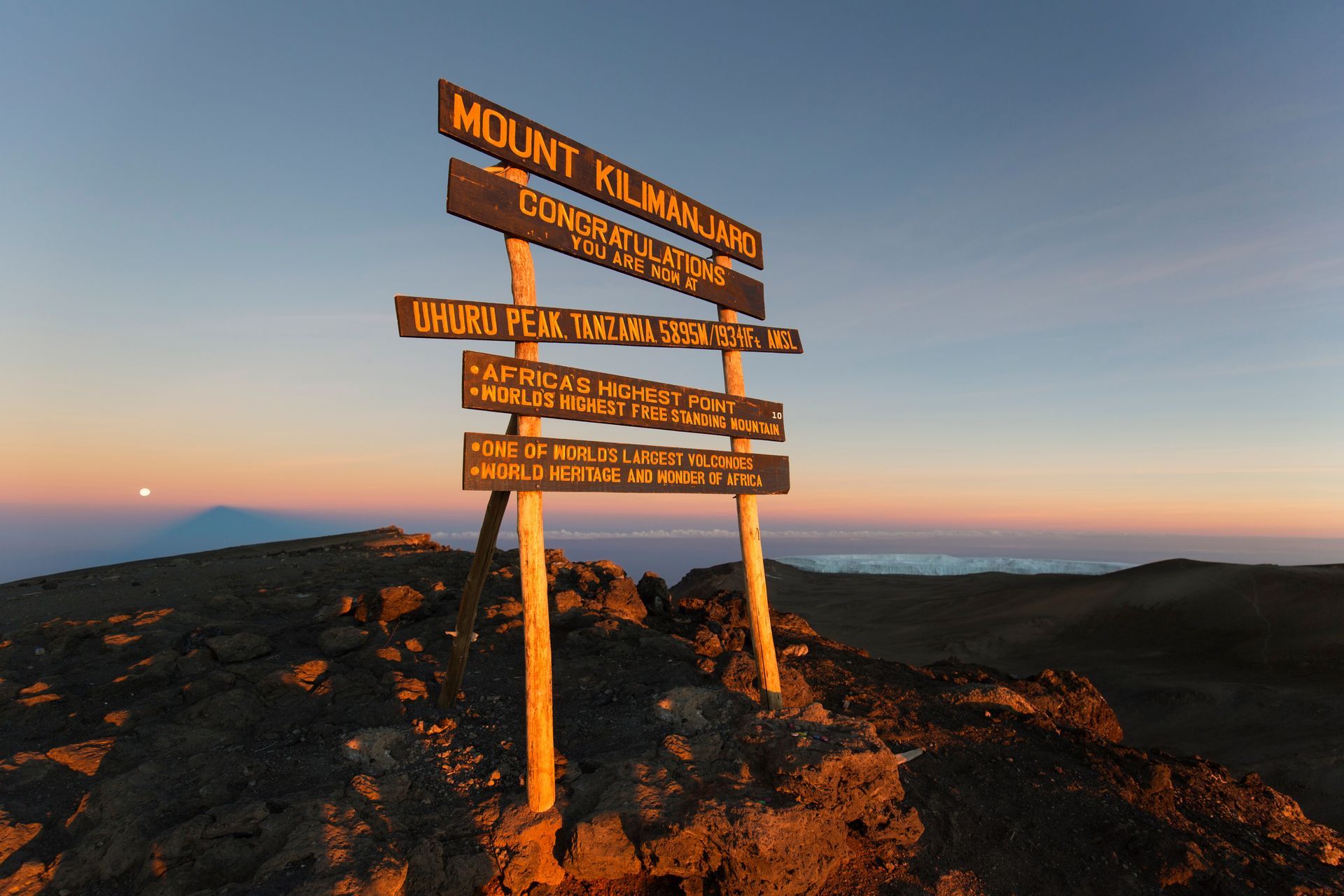How Fit do you
have to be?
Trekking Mount Kilimanjaro is all about endurance rather than speed; you will soon come to learn the term ‘pole, pole’ (‘slowly, slowly’ in Swahili) when on the mountain. You will be waking up early in the mornings and trekking for long distances each day, so ensuring that you have a good level of fitness and stamina before you depart is key. Sticking to our training plan will really pay off. The best form of preparation is to walk for good lengths of time on undulating terrain, and where possible to follow this up with a similar length trek the next day. It is important that you train with the walking boots that you will be using on the trek itself and with your day pack on your back.

1. Altitude Training
This can be carried out through simulated altitude environments or by spending time at higher elevations, helps your body adjust to lower oxygen levels.
If possible, consider altitude training using a hypoxic chamber or altitude mask to simulate the reduced oxygen levels at higher altitudes.
Plan weekend hikes in areas with higher elevations to gradually expose your body to reduced oxygen levels.
2. Aerobic Training
Regular aerobic training will prepare you or Cardiovascular exercise such as running, jogging, cycling, and even aerobic dance classes. Cardio is an effective method of training for climbing Kilimanjaro because it increases heart rate and breathing.
Cardio is not the only exercise to focus on, but it is an important one to get your body in good physical condition.
3. Strength Training
Climbers use their legs to get them to the top, so make sure your legs are strong!
Set aside 2 sessions a week for strength training, especially for legs. However, don’t focus only on the legs. Be diverse in your exercises and include back, chest, and arms as well.

